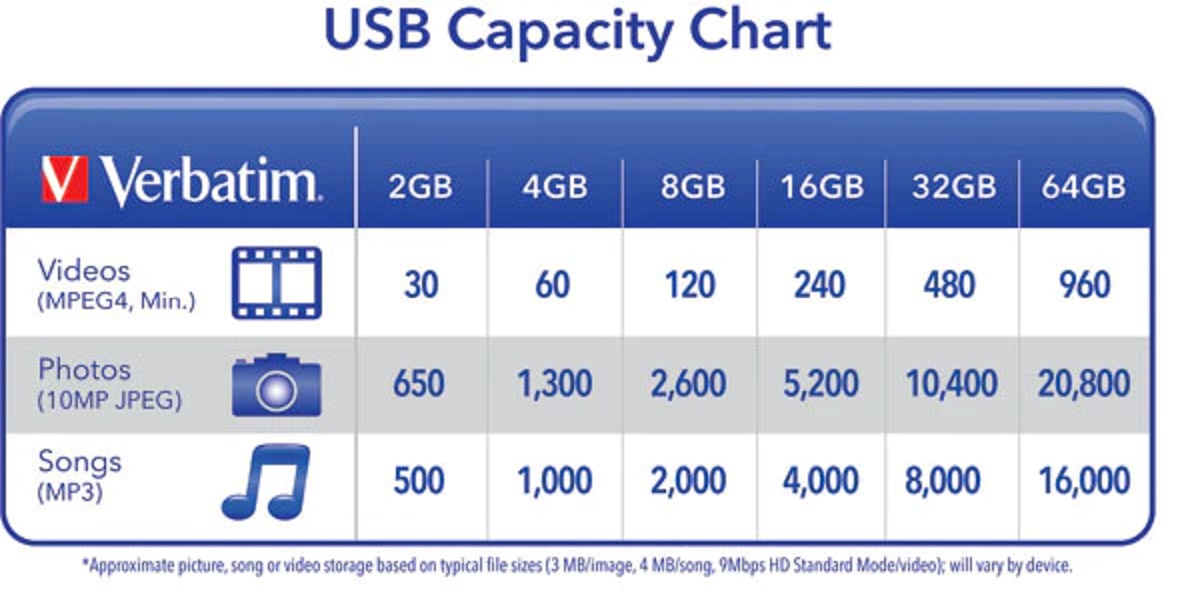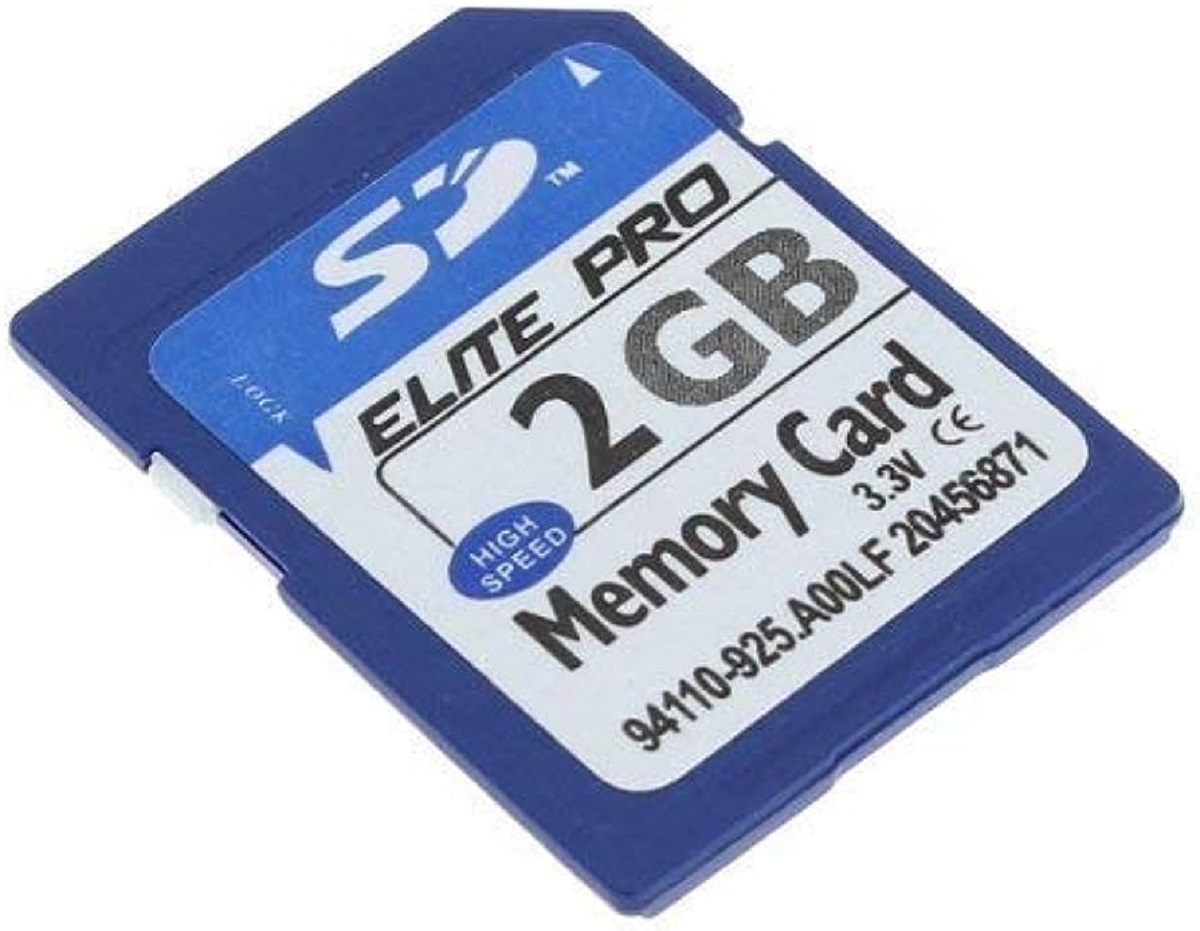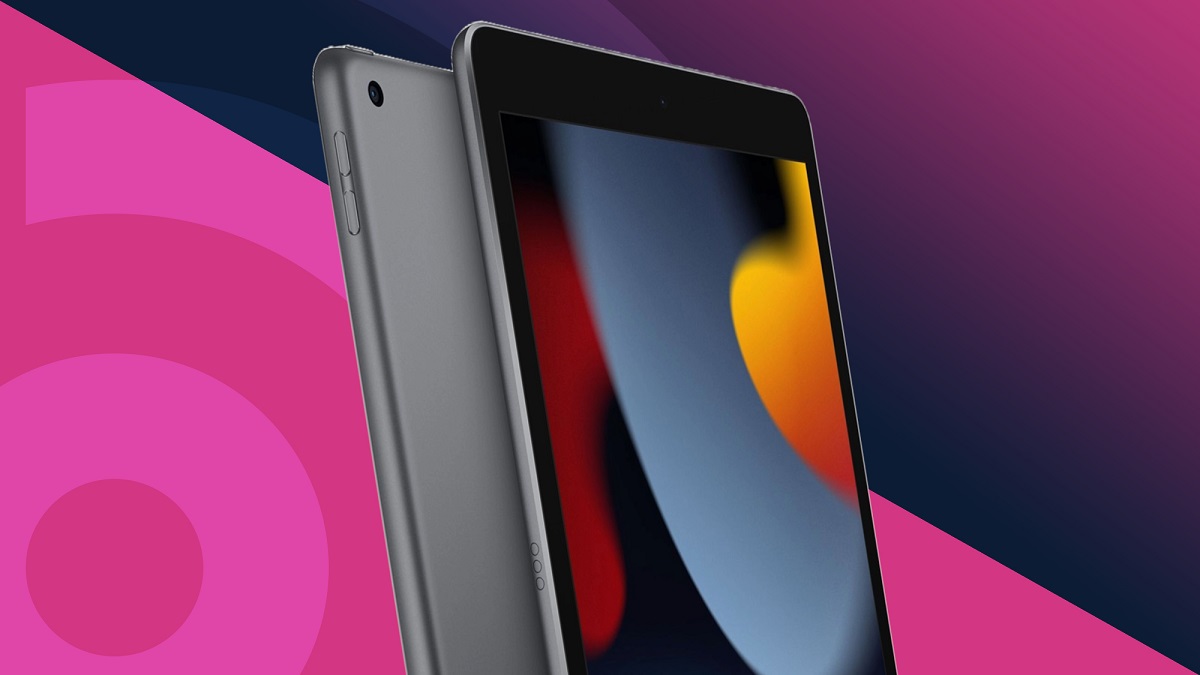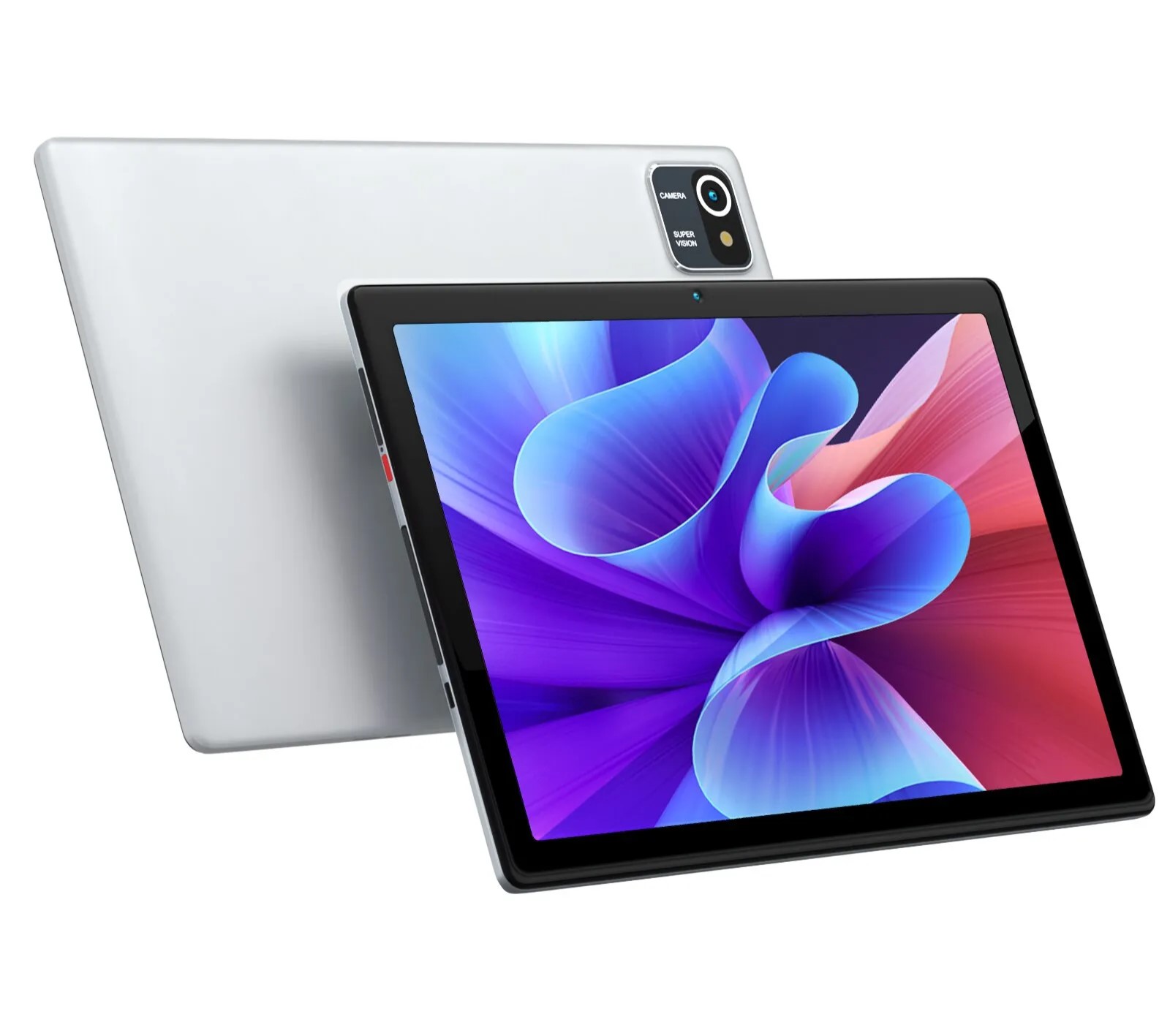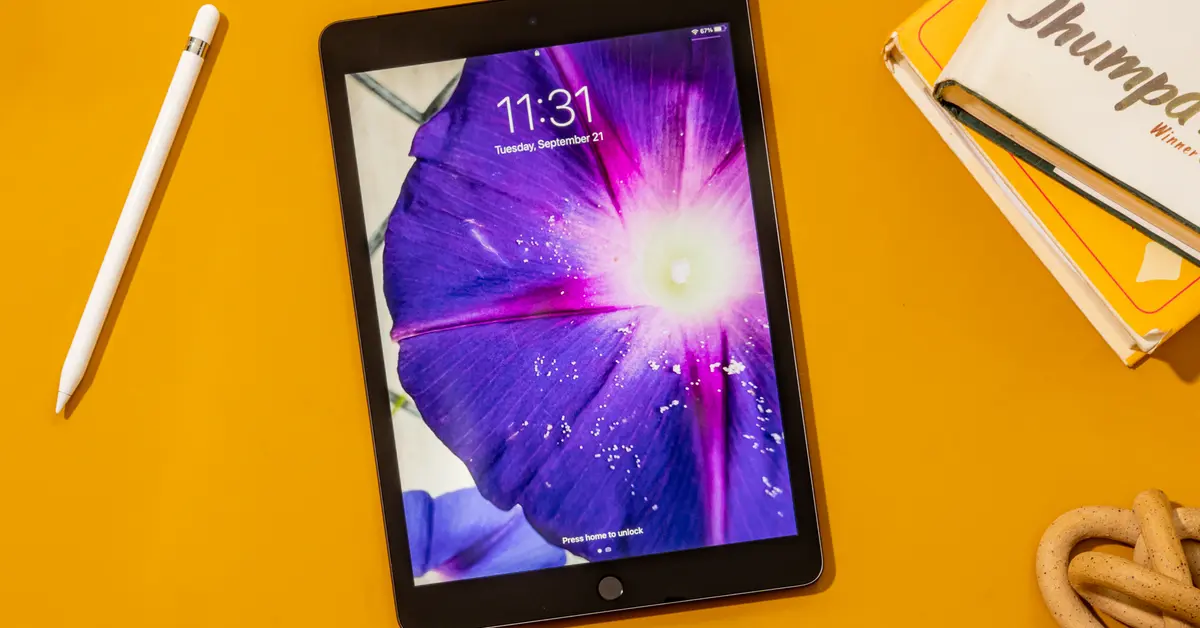Introduction
Welcome to the world of digital photography, where capturing memories has become easier than ever before. As a photography enthusiast, one of the essential tools you’ll need is an SD card. These small, portable memory cards have revolutionized the way we store and transfer photos.
In this article, we will explore how many pictures a 2GB SD card can hold. Understanding the storage capacity of your SD card is crucial for planning your photo shoots and managing your digital files effectively.
SD, which stands for Secure Digital, is a popular flash memory card format widely used in various digital devices, including cameras, smartphones, and tablets. Its compact size, durability, and compatibility have made it a go-to choice for photographers of all skill levels.
Knowing how much storage space your SD card has is essential to ensure that you don’t run out of space in the middle of a photoshoot. However, there are several factors that determine the number of pictures a 2GB SD card can store.
In the following sections, we will dive deeper into these factors and provide you with a better understanding of how many pictures you can expect to fit on your 2GB SD card. So, let’s get started and unravel the world of SD cards and their storage capacities!
Understanding SD Cards
Before we delve into the details of how many pictures a 2GB SD card can hold, let’s first understand what SD cards are and how they work.
An SD card is a small, portable storage device that uses flash memory to store digital data. It was developed by the SD Card Association and has since become the de facto standard for storage in many electronic devices.
SD cards come in various sizes and capacities, ranging from a few megabytes to several terabytes. These cards are commonly used in digital cameras, camcorders, smartphones, tablets, and other portable devices.
SD cards are known for their durability and reliability, making them ideal for storing precious photos and videos. They are also designed to be easily inserted and removed from devices, allowing for hassle-free data transfer.
There are three main types of SD cards: SD, SDHC (Secure Digital High Capacity), and SDXC (Secure Digital eXtended Capacity). The primary difference between these types lies in their storage capacity and speed.
The standard SD card has a maximum capacity of 2GB, while SDHC cards can hold up to 32GB of data. On the other hand, SDXC cards have a minimum capacity of 64GB, and can go up to a massive 2TB, providing ample space for digital files.
SD cards also come with different speed class ratings, denoted by a number inside a circle. These speed class ratings indicate the minimum sustained write speed of the card. Higher speed class ratings mean faster data transfer, which is beneficial for capturing high-resolution photos and recording high-definition videos.
It’s important to note that not all devices support all types and capacities of SD cards. Before purchasing an SD card, ensure that your device is compatible with the specific type and capacity you plan to use.
Now that we have a basic understanding of SD cards, let’s explore how much data a 2GB SD card can store.
How Much Storage Does a 2GB SD Card Have?
A 2GB SD card has a storage capacity of 2 gigabytes, which is equivalent to 2,048 megabytes or approximately 2 billion bytes. This means that it can hold a considerable amount of digital data, including photos, videos, music, and documents.
When it comes to storing photos, the actual number of pictures a 2GB SD card can hold will vary depending on various factors, which we will explore in more detail in the following sections. However, as a rough estimate, a 2GB SD card can hold anywhere from a few hundred to a few thousand photos, depending on these factors.
It’s important to note that the storage capacity of an SD card is not equal to the amount of usable space available for data storage. Some space is reserved for formatting and file system purposes, reducing the actual available capacity slightly.
In addition, it’s worth mentioning that the storage capacity of an SD card is fixed and cannot be expanded or upgraded. If you frequently run out of storage space, you may want to consider investing in a higher capacity SD card or regularly transferring your photos to a computer or external hard drive to free up space.
Now that we have an understanding of the storage capacity of a 2GB SD card, let’s dive deeper into the factors that influence the number of pictures it can hold.
Factors that Affect the Number of Pictures a 2GB SD Card Can Hold
Several factors come into play when determining the number of pictures a 2GB SD card can hold. Understanding these factors will help you estimate the storage capacity more accurately and better manage your digital photo library. Let’s take a look at the key factors:
1. Average Picture Size: The size of each individual photo is a crucial factor in determining how many pictures a 2GB SD card can store. Larger file sizes consume more space, while smaller file sizes allow for more images to be stored. The average picture size can vary depending on various factors like image resolution, compression, and file format.
2. Types of Files Stored: Along with photos, an SD card may also store other types of files like videos, music, and documents. These additional files occupy storage space, reducing the overall number of pictures that can be stored. Therefore, it’s important to consider the type and size of other files you plan to store on the SD card.
3. Image Compression and Quality: Many digital cameras allow you to adjust the level of image compression and the quality of the output photos. Higher compression levels result in smaller file sizes but may compromise image quality. Balancing compression and quality is essential to maximize storage space while maintaining satisfactory image resolution.
4. Resolution and Megapixels: The resolution and megapixel count of your camera significantly impact the size of each photo. Higher resolution and more megapixels result in larger file sizes. If your camera has a high resolution or captures images with a considerable number of megapixels, each photo will occupy more space on the SD card.
5. Other Considerations: Other factors that affect the number of pictures a 2GB SD card can hold include the presence of video clips within the photo files, the inclusion of additional metadata, and any image editing or post-processing that may increase the file size.
By considering these factors, you can better estimate the storage capacity of your 2GB SD card and make informed decisions regarding file management.
Now that we have explored the factors influencing the number of pictures, let’s move on to discussing the average picture size and its impact on storage capacity.
Average Picture Size
The average size of a picture is a critical factor when determining the number of photos that can be stored on a 2GB SD card. The size of each image depends on various factors such as resolution, file format, and compression level.
Resolution plays a significant role in determining the size of a photo. It refers to the number of pixels in an image and is usually specified in terms of width and height (e.g., 1920×1080). Higher resolution images have more pixels and, consequently, larger file sizes. For example, a photo with a resolution of 6000×4000 pixels will occupy more space on the SD card compared to a photo with a resolution of 2000×1500 pixels.
Another factor that affects the size of a photo is the file format. Common file formats for digital images include JPEG, PNG, and RAW. JPEG is widely used because it offers a good balance between file size and image quality. PNG files tend to have higher file sizes due to lossless compression, while RAW files, which contain unprocessed image data, can be significantly larger.
The compression level chosen for JPEG images also impacts their file size. Higher compression levels result in smaller file sizes but might compromise image quality to some extent. Finding the right balance between file size and image quality is essential to ensure that the photos stored on your SD card meet your expectations.
It’s worth noting that the average picture size can vary significantly depending on the subject matter and level of detail in the photos. For example, a photo of a simple landscape might have a smaller file size compared to a photo with intricate patterns and textures.
As a rough estimate, photos taken with a standard 10-megapixel camera using JPEG compression typically range from 2 to 6 megabytes in size. However, it’s crucial to remember that this is just an average, and actual photo sizes can vary. High-resolution cameras with more megapixels and less compression will produce larger file sizes, while low-resolution or heavily compressed images will result in smaller file sizes.
Considering the average picture size, you can estimate the number of photos a 2GB SD card can hold. For instance, if the average photo size is around 3 megabytes, you can expect to store approximately 600 photos on a 2GB SD card.
Now that we have explored the average picture size, let’s delve into the types of files stored in an SD card and their impact on storage capacity.
Types of Files Stored in an SD Card
While an SD card primarily stores photos, it is not limited to just that. SD cards can accommodate various types of files, including videos, music, documents, and more. Understanding the types of files you plan to store on your SD card is crucial for estimating the number of pictures it can hold.
1. Photos: They are the most common files stored on SD cards. Whether you are a casual photographer or a professional, capturing cherished moments with your camera and storing them on your SD card is a common practice. Photos can have different file formats, resolutions, and compression levels, all of which influence the overall storage capacity.
2. Videos: SD cards also serve as a storage medium for videos recorded by digital cameras or camcorders. Videos typically have larger file sizes compared to photos due to their higher frame rates and longer durations. The video quality, bitrate, and resolution all contribute to the size of video files.
3. Music: Some people use SD cards to store their favorite music tracks. Depending on the audio quality and file format, music files can vary in size. Compressed audio formats like MP3 take up less space, while lossless formats like FLAC result in larger file sizes but higher audio fidelity.
4. Documents: SD cards can also store various types of documents, such as PDFs, Word documents, spreadsheets, and presentations. Document file sizes vary depending on their complexity and the number of pages they contain. Text-based documents generally have smaller file sizes compared to documents with embedded images and other multimedia elements.
It’s important to remember that the more diverse the types of files stored on an SD card, the fewer pictures it can hold. This is because each type of file occupies a specific amount of space. Therefore, if you plan to store a significant number of videos or music files on your SD card, it will reduce the available space for storing photos.
When estimating the number of pictures a 2GB SD card can hold, it’s advisable to prioritize the primary type of files you intend to store. If you primarily use the SD card for storing photos and have limited space requirements for other file types, you can allocate more space for photos, resulting in a higher number of pictures stored.
Now that we have explored the types of files that can be stored on an SD card, it’s important to understand the role of image compression and quality in determining the storage capacity. Let’s dive into this topic next.
Image Compression and Quality
Image compression and quality are crucial factors to consider when storing photos on an SD card. Compression allows for reducing the file size of an image, while maintaining an acceptable level of visual quality. The level of compression and the resulting image quality can significantly impact the storage capacity of a 2GB SD card.
Most digital cameras and smartphones offer various compression options for saving images, usually in the form of different JPEG quality settings or compression ratios. Higher compression levels result in smaller file sizes, but there is a trade-off – the more an image is compressed, the more loss of quality occurs.
When using higher compression levels, details in the image may become less sharp, and subtle variations in color and texture can be lost. On the other hand, lower compression levels preserve more details and produce higher-quality images but result in larger file sizes.
The choice of compression level depends on personal preferences, desired image quality, and the available storage space on the SD card. If you prioritize saving more pictures and have limited storage capacity, using a higher compression level can be a suitable option. However, if image quality is a top priority, it is advisable to opt for lower compression or even consider using a lossless file format, such as RAW, although it results in larger file sizes.
It’s important to note that the impact of compression on image quality becomes more noticeable when zooming in or printing large-sized photos. For everyday viewing on digital devices or sharing on social media, moderately compressed images can still look visually appealing.
Experimenting with different compression levels and comparing the resulting image quality is a good practice to find the optimal balance between storage space and visual appearance. Some cameras also allow users to review the compressed image immediately after capturing so that adjustments can be made if necessary.
When estimating the number of pictures a 2GB SD card can hold, it’s essential to consider the chosen compression level and its impact on file sizes. Higher compression levels will result in more photos being stored, while lower compression levels will limit the number of photos but with improved image quality.
Now that we have explored the influence of compression and quality on storage capacity, let’s move on to discussing the role of resolution and megapixels in determining the size of each photo.
Resolution and Megapixels
Resolution and megapixels play a vital role in determining the size of each photo captured by a digital camera. They directly impact the storage capacity of an SD card, as higher resolutions and more megapixels result in larger file sizes.
The resolution of an image refers to the number of pixels it contains. Pixels are the individual colored dots that make up a digital image. The higher the resolution, the more pixels are packed into the image, resulting in greater detail and clarity. Common resolutions include HD (1280×720), Full HD (1920×1080), and 4K UHD (3840×2160).
Megapixels, on the other hand, refer to the number of millions of pixels in an image. A camera with a higher megapixel count captures more detail because it can capture more pixels per frame. For example, a 16-megapixel camera captures 16 million pixels in each shot.
Images with higher resolutions and more megapixels produce larger file sizes because there is more information to store. Each pixel carries color and brightness data, resulting in an increase in the size of the image file.
It’s important to understand that higher resolution and more megapixels don’t necessarily guarantee better image quality. While they can contribute to sharper and more detailed images, other factors like lens quality, sensor performance, and image processing algorithms also play significant roles in overall image quality.
When shooting with a camera that has a high resolution or a large number of megapixels, you should be aware that each photo will occupy more storage space on your SD card. This means you’ll be able to store fewer photos on the card compared to a camera with lower resolution or fewer megapixels.
Consider your specific needs when selecting the appropriate resolution and megapixels for your photography. If you often print large-sized photos or require extensive cropping and editing capabilities, a higher resolution and more megapixels can be advantageous. However, if you primarily share photos on social media or view them on digital devices, lower resolutions and fewer megapixels may be sufficient.
Understanding how resolution and megapixels affect file size is crucial for estimating the number of pictures a 2GB SD card can store. Higher resolutions and more megapixels mean larger file sizes, which leads to a lower number of photos that can fit on the card.
Now that we have explored the impact of resolution and megapixels, let’s move on to discuss other important considerations that can affect the storage capacity of a 2GB SD card.
Other Considerations
When estimating the number of pictures a 2GB SD card can hold, there are several additional factors that need to be taken into account. These considerations can further impact the storage capacity and should be kept in mind when planning your photography sessions and managing your files.
1. Video Clips: Some digital cameras allow you to record short video clips along with your photos. These video clips can occupy significant space on the SD card, reducing the number of photos that can be stored. If you frequently capture video clips, it’s important to factor this into your estimation of storage capacity.
2. Metadata: Digital photos often contain additional metadata such as date, time, location, camera settings, and other technical information. While this information is valuable, it does add to the overall file size. Depending on the camera and the level of metadata recorded, it may impact the storage capacity to a certain extent.
3. Image Editing and Post-processing: If you plan on editing and post-processing your photos, the file sizes may change. Certain editing techniques like adding filters, making adjustments, or applying effects can increase the file size. It’s important to keep this in mind when estimating the number of photos that can be stored on the SD card.
4. Other Files: In addition to photos, you may have other files stored on the SD card, such as music, videos, or documents. These files will occupy storage space, potentially reducing the number of photos that can be stored. Balancing the allocation of space for different file types is crucial for effective file management.
It’s essential to be mindful of these considerations when estimating the storage capacity of a 2GB SD card. Taking into account factors like video clips, metadata, image editing, and the presence of other files will allow for a more accurate estimation of the number of photos the SD card can hold.
Now that we have explored these important considerations, let’s move on to the next section where we will discuss how to estimate the number of pictures a 2GB SD card can hold based on these factors.
Estimating the Number of Pictures a 2GB SD Card Can Hold
Estimating the exact number of pictures a 2GB SD card can hold is challenging due to various factors at play. However, by considering the average picture size, types of files stored, image compression and quality, resolution and megapixels, and other relevant considerations, you can make a reasonable estimation.
First, determine the average size of your photos. This can be done by reviewing the file sizes of a sample set of your photos or by referring to the specifications provided by your camera’s manufacturer.
Next, take into account the other types of files you plan to store on the SD card, such as videos, music, and documents. Consider the space these files will occupy and ensure you allocate enough space for your photos.
Consider the compression and quality settings you typically use for capturing and saving photos. This will help determine the average file size based on your preferred balance of image quality and file size.
Factor in the resolution and megapixels of your camera. Higher resolutions and more megapixels will result in larger file sizes. If you know the average resolution and number of megapixels of your photos, you can use this information to estimate the file sizes.
Take into account any video clips, metadata, or additional files stored on the SD card. These can reduce the available space for photos and should be considered in your estimation.
Considering all these factors, you can now estimate the number of pictures a 2GB SD card can hold. For example, if the average photo size is 3MB and you plan to allocate 90% of the SD card’s capacity to photos, the calculation would be as follows:
2GB x 0.9 = 1.8GB (allocated space for photos)
1.8GB ÷ 3MB = 600 (approximate number of photos)
Keep in mind that this is just an estimation, and the actual number of photos may vary depending on the exact file sizes, compression levels, and other factors mentioned earlier.
Regularly reviewing and managing your SD card’s contents can help maintain optimal storage capacity. If you find that you’re running out of space, consider transferring photos to another storage device or deleting unnecessary files to free up space for new photos.
By considering all these factors and making educated estimations, you can effectively plan your photography sessions and ensure you have enough storage capacity on your 2GB SD card.
Now that we have explored how to estimate the number of pictures a 2GB SD card can hold, let’s conclude our discussion.
Conclusion
Understanding the storage capabilities of your 2GB SD card is essential for planning your photography sessions and managing your digital files effectively. While it can be challenging to determine the exact number of pictures a 2GB SD card can hold, considering various factors allows for a reasonable estimation.
We explored the factors that affect the number of pictures a 2GB SD card can store, including average picture size, types of files stored, image compression and quality, resolution and megapixels, and other relevant considerations like video clips and metadata. By taking all these factors into account, you can make a more accurate estimation of the number of pictures your SD card can accommodate.
We also discussed the importance of considering the average size of your photos, the impact of compression on file size and image quality, the role of resolution and megapixels, and the allocation of space for different file types stored on the SD card.
Estimating the number of pictures a 2GB SD card can hold involves calculations based on the average photo size, the percentage of allocated space, and the capacity of the SD card. Keep in mind that this estimation may vary depending on the specific factors mentioned earlier and should be regularly reviewed and adjusted as needed.
Remember to manage your SD card’s storage capacity effectively by transferring photos to other storage devices or deleting unnecessary files when needed. This ensures that you have enough space to capture new memories without running out of storage space.
In conclusion, understanding the storage capacity of your 2GB SD card allows you to plan your photography sessions, estimate the number of photos you can store, and manage your digital files efficiently. By considering the factors discussed, you can make informed decisions and optimize the usage of your SD card, ensuring that you capture and preserve your precious moments with ease.







